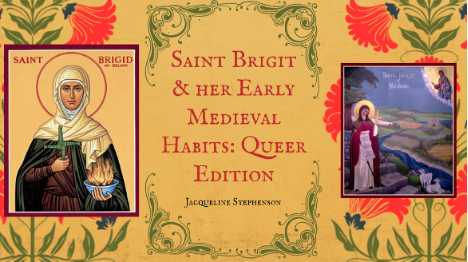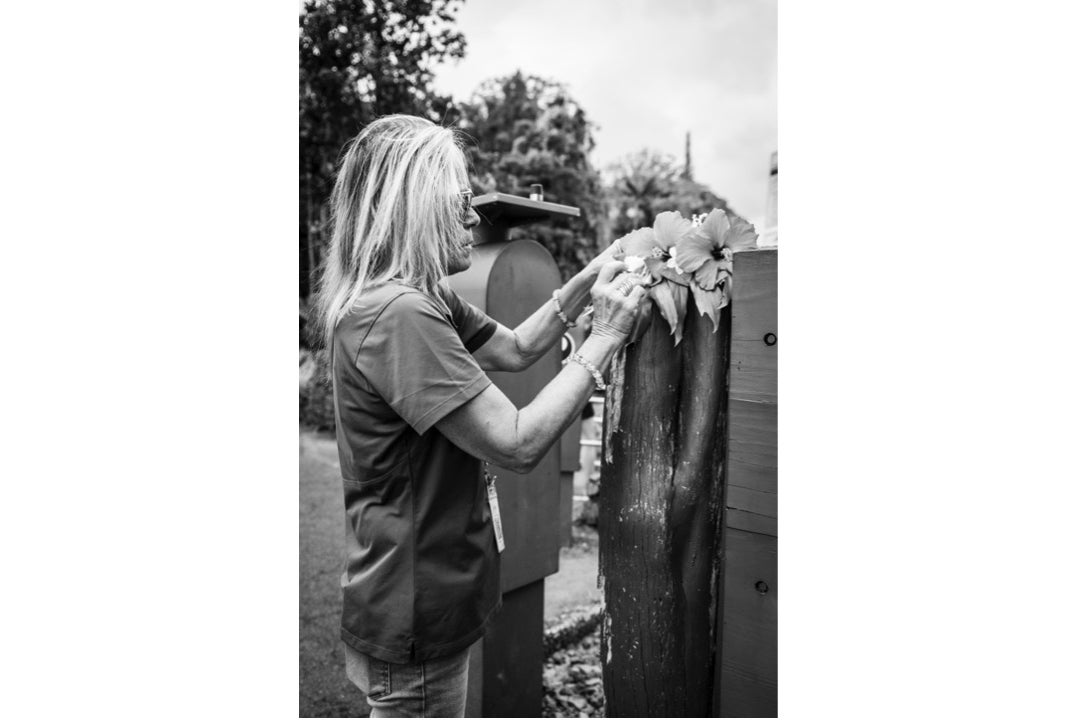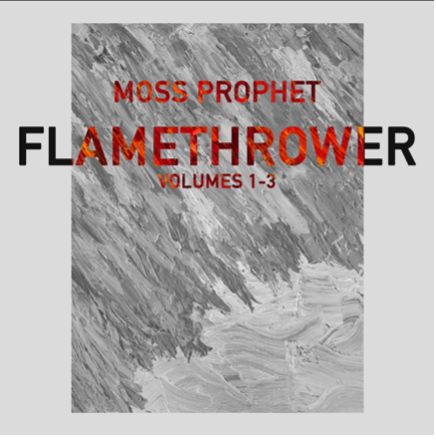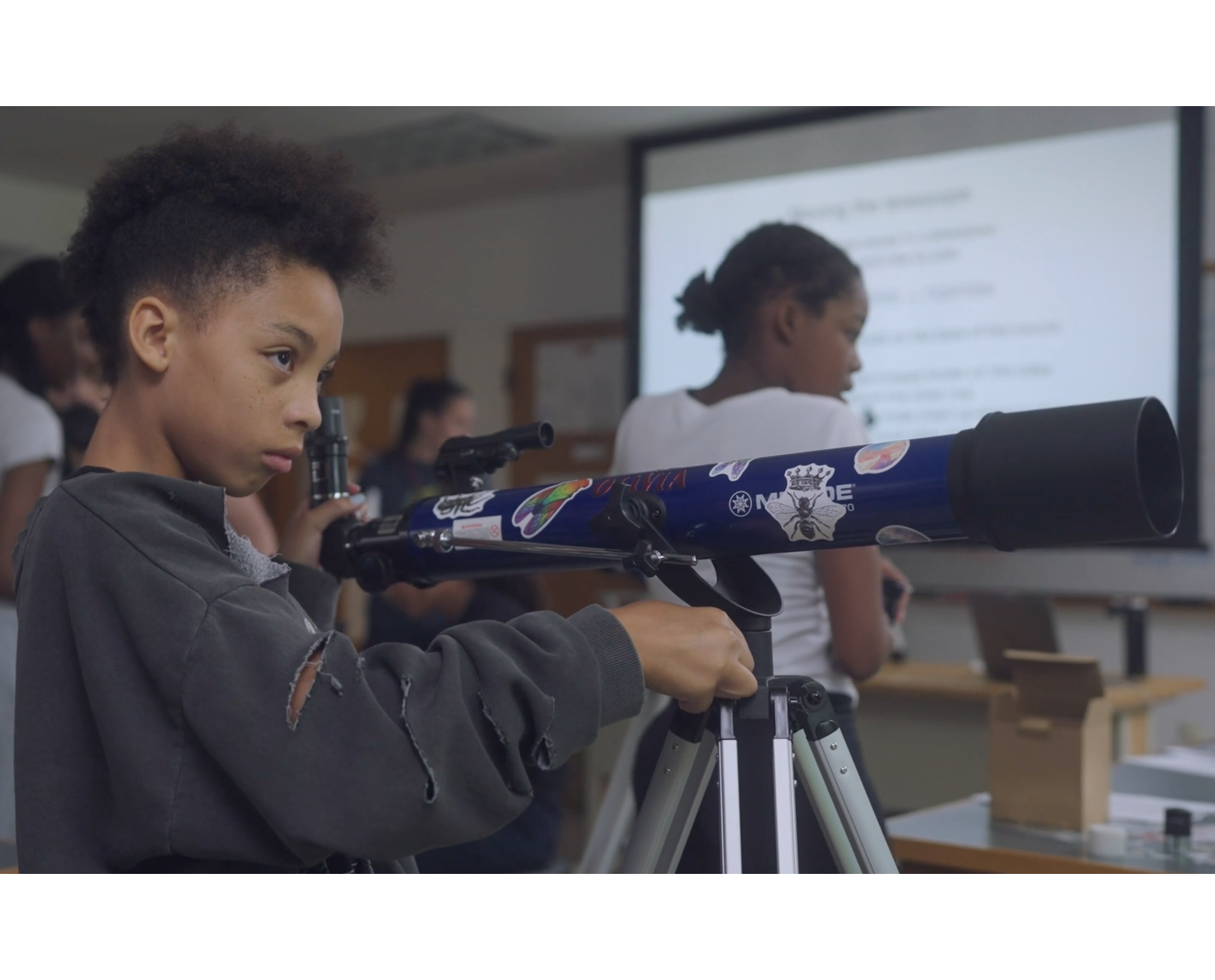9 of DU’s Coolest Undergrad Research Projects
Supported by the Undergraduate Research Center, dozens of students got the chance to present their work at this spring’s showcase.
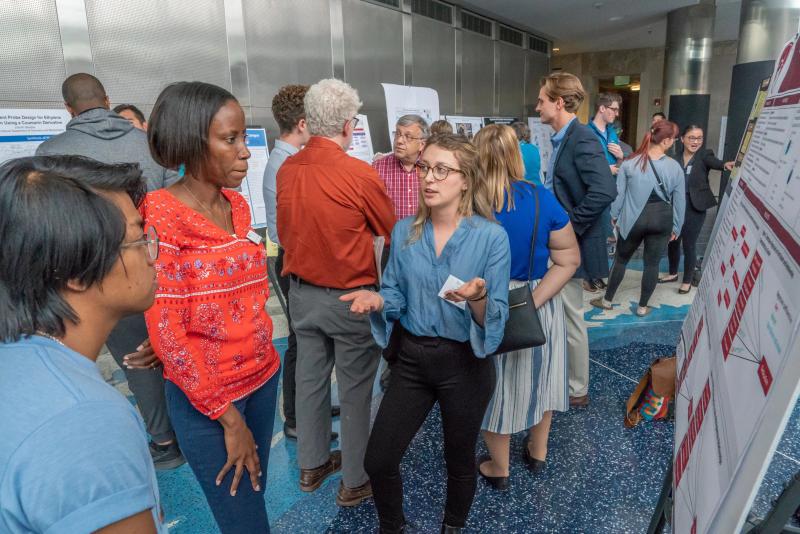
From science to the arts, students from departments across the University of Denver gathered this spring to present their research projects at the annual Undergraduate Research Showcase.
The Undergraduate Research Center awarded many of these students grants to conduct their research, which culminated in a diverse display of creative and engaging projects. The research represents the advancing intellectual growth dimension of the 4D Experience.
“DU’s undergraduate research activities are truly premier, providing students with rigorous opportunities to work with thought leaders from across campus—flexing their muscles as thought explorers, translating and learning critical skills, and building the confidence to tackle the problems of tomorrow,” says Corinne Lengsfeld, senior vice provost for research and graduate education.
Here are descriptions of nine of this year’s coolest research projects, along with what students told us about their experience.
Saint Brigit and Her Habits: Exploring Queerness in Early Medieval Ireland
Jacqueline Stephenson
“By examining how scholars have used a lens of queerness and mediation to analyze key hagiographies—first of saints, more broadly, and then of female saints—and using these approaches to examine the inherently queer actions, positions and roles found in Saint Brigit’s First Life, we can gain a clearer view of societal views towards queerness during the early medieval period and in early medieval Ireland, in particular.
In doing so, this thesis will help chip away at the monolithic view of the period as well as the queer erasure within—demonstrating that queerness has always been a fundamental part of human society.”
What was the best part about doing this research?
The best part about doing this research was actually contributing to the scholarship and demonstrating that queerness has always been here, even in the places we might least expect. Additionally, seeing concepts we often don't associate with religion and this period were fascinating.
An example is one of her miracles being essentially an abortion, where a young unmarried woman didn't want to be pregnant and came to Saint Brigit, who made the fetus disappear. This is literally a celebrated miracle and not condemned—something shocking considering present-day religious attitudes toward abortion.
Questioning the Effectiveness of the Olympic Truce
Vincent Pandey
“A modern model for peace is the Olympic Truce, a United Nations General Assembly resolution that calls for the pausing and prevention of new conflicts from one week before the Olympic Games through one week after the Paralympic Games. Some argue that the symbolic nature of the truce allows it to create moments of peace in conflicts, while others argue that it is nothing more than a gesture of goodwill that has not actually been used for peace.
My research question is: Has the Olympic Truce ever been successfully implemented to prevent the onset of new conflict or in creating a ceasefire during an ongoing conflict? I use conflict data and case studies to determine the prevalence of conflict during Olympic Truce periods and four case studies to analyze attempts to use the Olympic Truce and some of the challenges faced.”
Hawai'i Uncovered
Lauren Tapper
“Through photography, Hawai'i Uncovered aims to explore the conflicting aspects of identity in Hawai'i, reveal the true characteristics of the state and separate its perception by tourists from the reality that locals know all too well. Photos were taken at popular tourist and lesser known ‘locals-only’ destinations on multiple of the Hawaiian Islands. The photos focused mostly on the way that people interact and exist within these places and amongst each other through a candid and observational lens.
The idea of community and belonging are both the saving grace and downfall of these islands, allowing many to be proud and excited about who they are while also leaving some cast out and forgotten. Both the romanticized and ignored aspects of these islands are what make the state unlike anywhere else in the world and are essential in defining Hawai'i in an honest fashion.”
How did the idea for this research come about?
I got the idea for this research as someone who was born and raised in Hawaii and came to the mainland to notice that there was a huge discrepancy between what people think they know about Hawaii versus what is true, or at least what I know to be true.
Flower Study
Haven Hinds
“This project is a study of extinct flowers, their histories, environments, biology, colors and assigned personalities—manifested in 3D models and a digital book. The goal was to select six flowers with interesting histories and/or cultural connections. Since the flowers can, for the most part, not be seen or kept, they were created in Blender as accurately as possible. To give people a means of connection with the flowers, each was assigned a personality based on different factors. These factors could be the colors they possess, where geographically they thrived, parts of their history or biological factors.
To allow these personalities to further flourish, color spaces were created in Affinity Designer to be applied not only as the background of the models but also as the background of half of the book’s pages. Each person who interacts with the book is encouraged to pick out flowers they connect to and create their own garden of these now-gone flowers.”
What was the best part about doing this research?
The best part about doing this research was finding out some of the love stories connected to these flowers. I am a hopeless romantic, so I enjoyed even the tragic ending to the ancient stories connected to the flowers. Their stories allowed me the opportunity to give the flowers personality traits, allowing others to further connect.
A Midsummer Night’s Dream Specialty Props
Erin Kubat
“ʽA Midsummer Night’s Dream’ is one of Shakespeare’s most renowned plays, steeped in a world of dreams and magic, and will be the second show in the Department of Theatre’s winter quarter season. This show has the goal of bringing in college audiences that have not had the full experience of witnessing live theatre and who may have previous, negative notions about Shakespearean plays. The goal was to transform our audience for the two hours they witnessed this play into people that can enter a world of magic, try something new, appreciate it, challenge their own thinking and revitalize an art that took a heavy blow in recent years.
In order to achieve this fantastical reality onstage, I worked closely with the costume designer (Janice Lacek) and director (Sabin Epstein) to research, design, prototype and fabricate specialty props and costumes to create the multiple distinct worlds present in ‘A Midsummer Night’s Dream.’ By the end of the project, I designed, prototyped and fabricated five large-scale specialty props sporting at least 50 separate pieces, each using advanced painting and texturing methods, LEDs lights and wiring techniques, foam molding, paper mâché, and wig making techniques.”
Immersive Stargazing: Leveraging VR for Astronomy Education
Murphy Li
“This project leverages virtual reality (VR) technology to create an immersive stargazing experience that makes the wonders of the cosmos accessible to all. By integrating VR with educational strategies, we aim to revolutionize the teaching and experience of astronomy. Our primary objective is to enhance astronomy education by developing a VR platform that transcends conventional teaching methods, making celestial phenomena accessible and engaging for users from diverse educational and geographical backgrounds.
This initiative will democratize access to astronomy, promote STEM education and introduce users to advanced technological learning tools. The approach involves constructing detailed celestial models and integrating them into a user-friendly VR interface.”
Flamethrower Vol. 1-3: Innovation in Multidisciplinary Electronic and Acoustic Music
Trevor Briggs
“Flamethrower Vol. 1-3 is a series of three EPs (short albums) that combine jazz, classical and commercial electronic music to produce an artistic work in which the perception, function and musical context of electronic instruments is challenged. I approached these compositions treating electronic components as instruments, writing out scores as I would for brass and wind instruments. I also utilized cutting-edge electronic hardware to generate degenerated, fragmented and evolving sounds.
This type of in-depth sound design allowed me to write, perform and record novel parts for unique instruments. The remainder of the sounds on these recordings incorporate sampling of field recordings to generate new instruments or soundscapes and unconventional recordings of woodwinds (saxophone, clarinet, flute, bass clarinet and alto flute) from Professor Remy Le Boeuf, my faculty partner.”
What was the best part about doing this research?
The best parts of this project were tiny moments where I was really able to see how the final product was coming together. These times came through all parts of the writing and production process. I recorded Professor Remy Le Boeuf on woodwinds a few times for the album, and those sessions were full of those moments. There's a lot of momentary joy in making music with other people. As a recording engineer and producer, I have been feeling very lucky and grateful that I'm the one that gets to capture and shape these moments for others to listen to.
Technology and Homelessness: How Accessibility and Blockchain Technology Could Impact the Unhoused
Ren Pratt
“This paper discusses how the unhoused population suffers at the hand of technological inequality despite being relatively offline. It presents theories on how this would change if we reapproached how technology is used to assist the unhoused. It suggests implementing blockchain as a resource as well as modifying the websites built for the unhoused.
Employees at shelters are interviewed for this paper about their experiences with using digital resources to rehouse and restabilize the vulnerable. They are asked how the sites can be improved for more optimized use. The sites are also tested against current user experience (UX) standards for accessibility.”
How did the idea for this research come about?
My idea for this research came from two different sources. The first was the approximately 100 hours of volunteer work that I did with a local organization that works with the unhoused. I worked with caseworkers and other employees to get a better understanding of how the organization was run and what major needs were held by the unhoused population. It opened my eyes to a lot of problems that I hadn’t thought about before, especially how difficult it is to escape homelessness and why it is so difficult.
The second source came later, when I was already working on my thesis paper. I was studying abroad in Greece and took a really interesting UX design class. That class made me start thinking about what UX looked like throughout my life, so when I was looking at government sites to understand where the unhoused would need to be using personal identification, I started noticing all these UX problems that would be easy to fix, which was baffling and frustrating to me, so I decided to add a second part to my paper.
Data Quality Matters: Suicide Intention Detection on Social Media Posts Using RoBERTa-CNN
Emily Lin
“Suicide remains a global health concern for the field of health, which urgently needs innovative approaches for early detection and intervention. This paper focuses on identifying suicidal intentions in SuicideWatch Reddit posts and presents a novel approach to detect suicide using the cutting-edge RoBERTa-CNN model, a variant of RoBERTa (Robustly Optimized BERT Approach). RoBERTa is a language model that captures textual information and forms semantic relationships within texts.
By adding the Convolution Neural Network (CNN) head, RoBERTa enhances its ability to capture important patterns from heavy datasets. To evaluate RoBERTa-CNN, we experimented on the Suicide and Depression Detection dataset and obtained solid results. For example, RoBERTa-CNN achieves 98% mean accuracy with the standard deviation (STD) of 0.0009. It also reaches over 97.5% mean area under the curve (AUC) value with an STD of 0.0013. Then, RoBERTa-CNN outperforms competitive methods, demonstrating the robustness and ability to capture nuanced linguistic patterns for suicidal intentions. Hence, RoBERTa-CNN can detect suicide intention on text data very well.”
